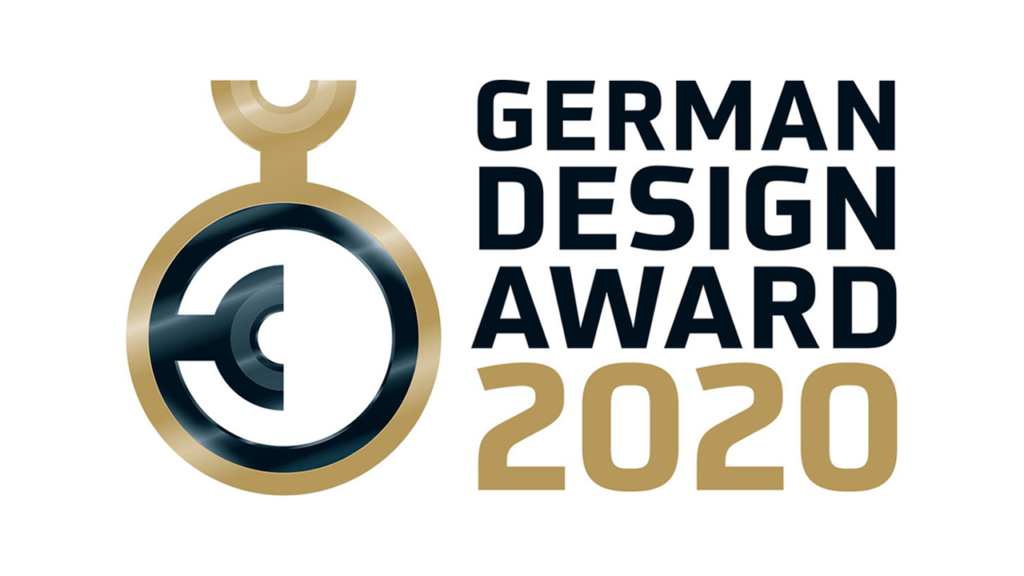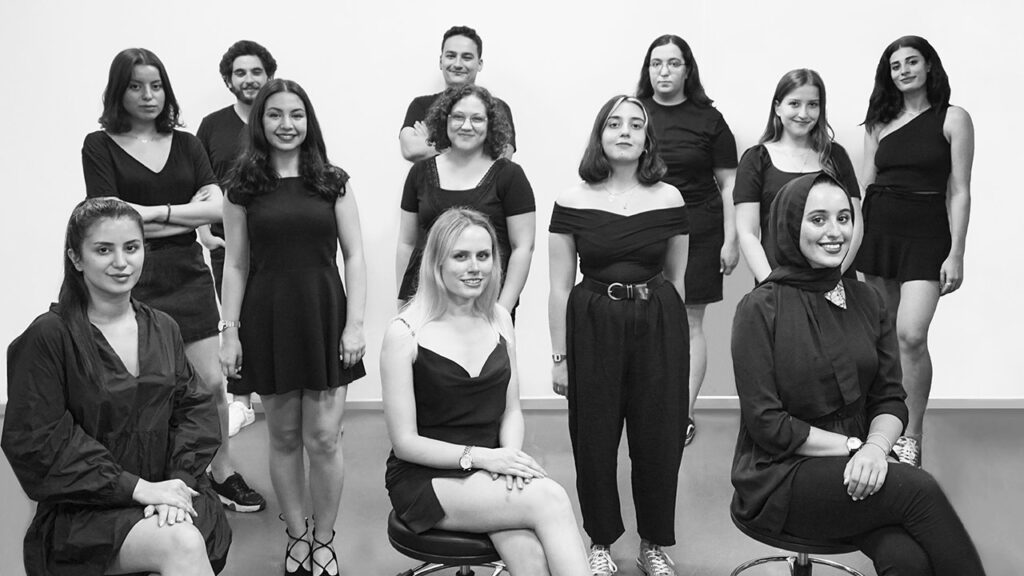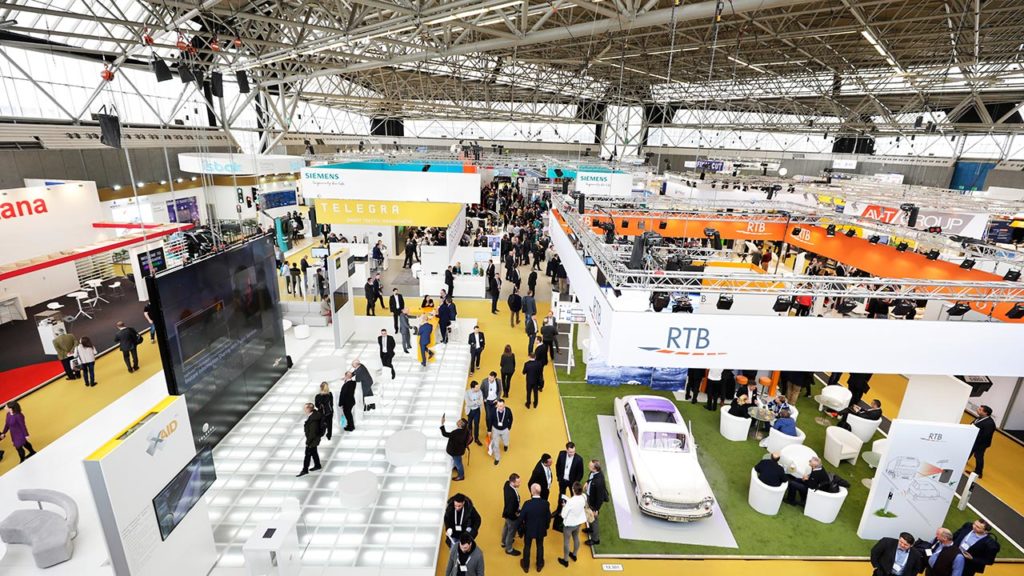After the Light + Building 2022
The Light + Building took place between October 2-6 this year, and the new calendar is 3-8 March 2024. It would be correct to say that this year was not good as the previous ones, as the number of exhibitors and visitors is much lower than last years.

The Light + Building took place between October 2-6 this year, and the new calendar is 3-8 March 2024. It would be correct to say that this year was not good as the previous ones, as the number of exhibitors and visitors is much lower than last years.
In addition to my stand visits, I found it more valuable to follow the presentations and conferences this year. During the exhibition, architects and lighting designers from various countries gave lectures on different topics each day. The presentations were also published online in the Light Building Digital Extension section of the exhibition website.
Energy use, energy saving, the current energy crisis, and sustainability were the main topics that almost every speaker talked about in the presentations.
While discussing these main topics, I have listed below as questions the issues that designers, users, and decision-makers should think about.
- How much light do we need?
- Where do we need light? Do we even really need light everywhere in a space?
- Why sometimes use a lighting system that is not needed?
- Do we use natural lighting as much as necessary?
- How much do we care about energy saving and sustainability when designing our projects?
- When we talk about energy saving, are we aware that it is not only the energy consumed by the products used but also the energy consumed during the production of those products?
- How can used lighting devices be recycled?
- How should we revise our projects according to the current energy crisis?
- Is lighting really used in public spaces as needed? What kind of lighting design should we design without sacrificing safety and comfort in today’s conditions?
- As designers, are we sure that we create our designs for the benefit of our planet and society or just for individuals and institutions?
- Are we aware that we desig for the natural world and the extent of our responsibility towards our environment?
- How will environmentally friendly lighting systems and designs affect the economy?
While seeking answers to all these questions, the speakers also talked about their designs and some practices in their countries.
For example, one stated that cities in Germany are the darkest cities in Europe, but despite this, crime and accident rates are not higher than brighter cities.
Another said that main ideas of their hotel project are simplicity and lightness, that only necessary places are illuminated in this direction, and minimal lighting is used in most parts to create contrasts.
As a result, the energy crisis in Europe this year was very effective in the presentations. It was also a pleasure to listen to others on these topics that I have been writing about and trying to explain for years.



